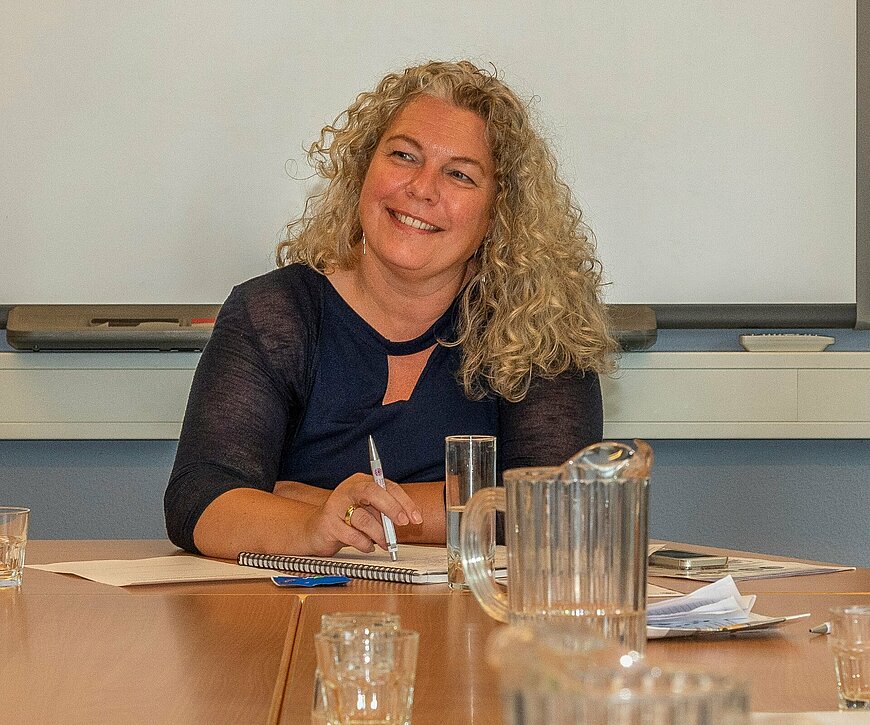Ambitious retraining plan for Brainport receives support from the Eindhoven Metropolitan Region

The problem has been present for years, but was made even more visible by the COVID-19 crisis: Brainport has a mismatch between supply and demand on the labor market. On the one hand, there is unemployment as a result of economic or societal developments, on the other hand, there is a huge shortage of staff for specific professions. With €700,000 support from the Eindhoven Metropolitan Region (MRE), the labor market regions of Helmond-De Peel and South-East Brabant, together with Brainport Development, have drawn up a retraining plan that aims to offer a solution to this problem.
"Lifelong Development" is the term that is often used in response to the identified mismatch. The term gets a variety of explanations, the most important of which are: continuous personal development, additional training to be able to continue the existing work, and retraining to a new profession. The first two are usually fairly easy to fill in, but for retraining, an extra push is more than welcome, says Yvonne van Hest, program director at Brainport Development, who together with the labor market regions is the driving force behind the retraining project.
"The support we now receive from the Metropolitan Region allows us to take steps that were previously impossible". Van Hest points out that COVID-19 showed the urgency of the matter, but that basically, this is a structural thing. "The mismatch already existed before COVID-19 and will remain visible afterward as well. Beyond the purely economic consequences of COVID-19, there are occupations that are disappearing or changing permanently."
For the Brainport region, this specifically concerns the sectors of transport and logistics, care and welfare, and technology and ICT. And no matter how logical it may seem, for example, to retrain catering or event personnel for positions in nursing or ICT, it is not so obvious in practice. Van Hest: "Apart from the personal interest or capacities of a candidate, think also of the level of required training. ICT often requires Dutch HBO-education, tech jobs are often on a vocational level as well. This means that every retraining is different and not always feasible. Of all forms of Lifelong Development, retraining is the most difficult. After all, someone goes from his or her current profession - often with the associated knowledge and competencies - to a completely new profession. This requires adaptivity, flexibility, and perseverance on the part of the candidate. It is a process that has to be well supervised in order to be successful."
With the MRE-support some doors can open that were closed up to now, Van Hest expects. "By tackling this with all partners in both labor market regions, we get the organizational and implementation capacity we need. More energy can be spent on reaching all people who want to be considered for retraining; especially people from the target groups who initially turned out to be more difficult to reach."
As a first step, Yvonne van Hest's team has already contacted more than fifty employers in the intended sectors. Next, it is important to find potential candidates and enthuse them for retraining. "It will really be about customization. We need to have insight into the training offerings and how quickly someone can be retrained to a certain profession. Diplomas or other certifications are obviously important, but so are the wishes of the employers".
When choosing the direction of retraining, it is important to look as far ahead as possible: "We now have a picture of where the scarcity is, but which professions will we have to deal with in the near future? After all, you don't enter into a whole retraining trajectory with someone if the profession is not structurally seen as a shortage profession."
Van Hest is cautious in stating the exact objectives. "This has mainly to do with changes in the labor market, but also with the dependence of all parties involved, such as employers who must be able to offer a retraining trajectory.” Taking all this into account, some 125 people should be able to find a job in transport and logistics in the coming year. This could be 50 for care and welfare, and 50 for technology and ICT. At the same time, there should be a few hundred extra people in the trajectories who need more than a year for complete retraining. "Ultimately, in both the short and medium-term, as many people as possible who would otherwise be or would become unemployed should be able to undertake an effective retraining trajectory towards these sorts of jobs.”
This means that implementation power and funding will continue to be needed even after the completion of this two-year project.